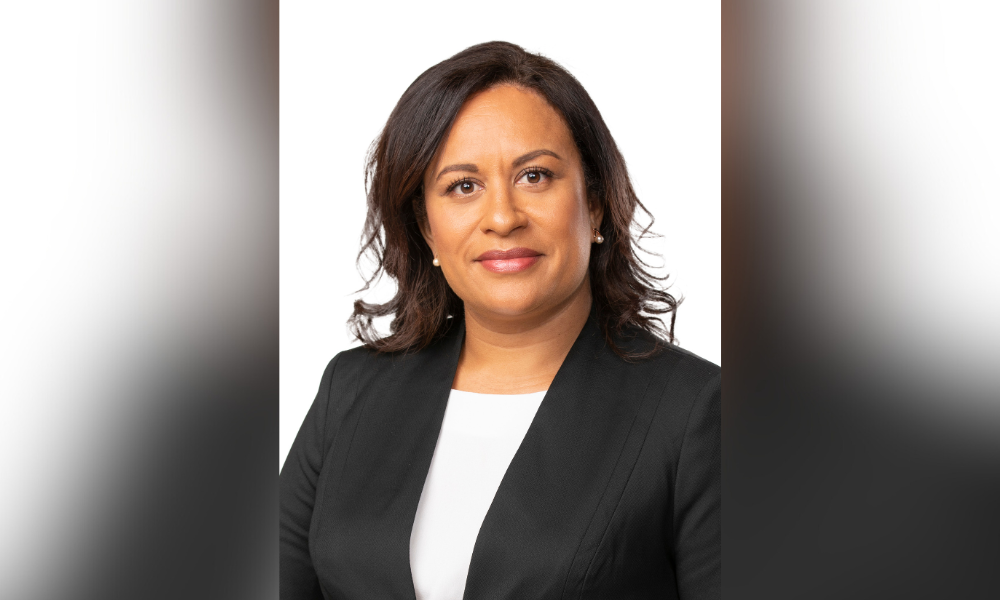As the election looms ever closer, paid parental leave schemes are put under the spotlight.
Parental leave is a simmering topic for this year’s election, with the Coalition challenging Labor’s current scheme, claiming to offer greater benefit for small businesses and families.
The Coalition stated in a report that their paid parental leave scheme allows businesses to ‘opt-in’ meaning if they don’t wish to pay for their employee’s leave, the Government will do so for them. Either way, payment is based on the mother’s annual wage or the federal minimum wage if it is higher.
“Our scheme will benefit small business because it will make it easier for them to retain capable female staff,” the release stated. The tests and conditions of this – if any – were not mentioned.
The scheme will allow for up to 26 weeks of maternity leave, compared to the existing Paid Parental Leave (PPL) Scheme of 18 weeks.
The National Foundation for Australian Women (NFAW) compared the schemes last month, and found the current PPL Scheme allows for parental leave to be payable in addition to other entitlements that fall under laws and industrial instruments, while The Coalition remains silent on the topic.
The Coalition’s PPL scheme will be paid by a 1.5% levy on businesses with taxable incomes in excess of $5m pa.
In an article from The Sydney Morning Herald, Anne Summers criticised The Coalition’s scheme as a “baby bonus in disguise”.
Summers believes the emphasis on this leave avoids the real issue of childcare, nullifying the incentive for a mother to return to work. “The availability and cost of suitable childcare is a continuing parental nightmare and for many families is the tipping point for deciding whether or not a mother returns to work,” she said.
While some elements remain the same or lack further detail from the Coalition, they have been clear on a number of changes:
(To read a summary of the current PPL Scheme, click here)
- Payment will be the greater of federal minimum wage or individual’s annual wage (up to $150,000).
- Up to 26 weeks of leave as opposed to current 18 weeks.
- Funded by a 1.5% levy on organisations with a taxable income greater than $5m pa.
- Superannuation is included.








